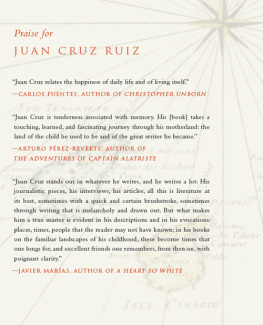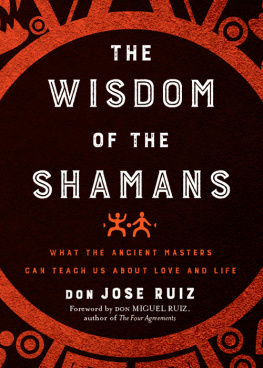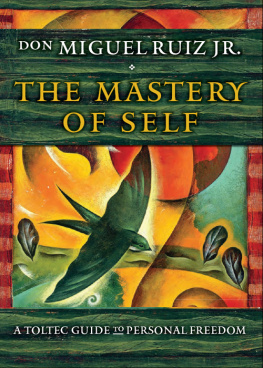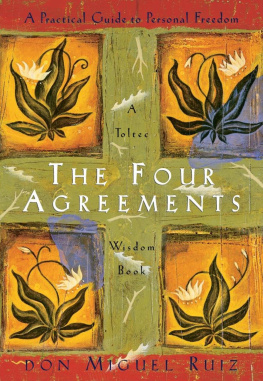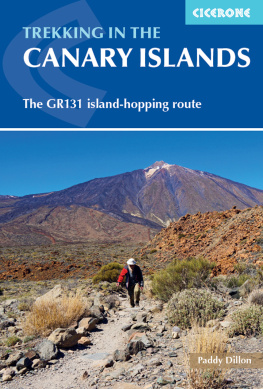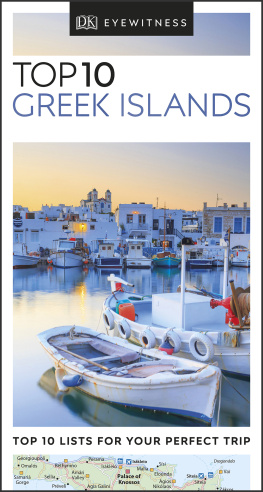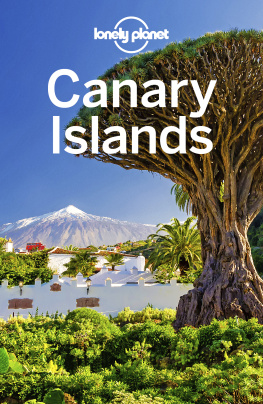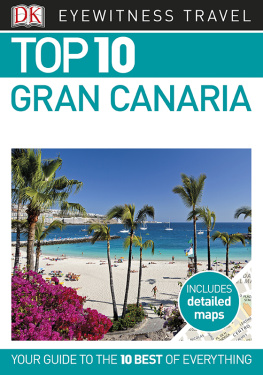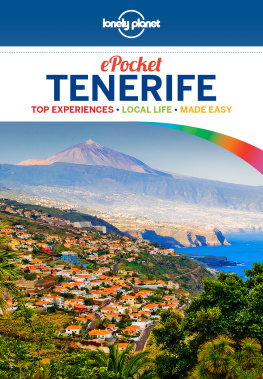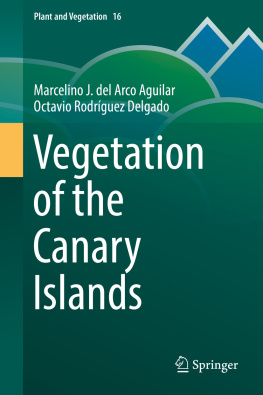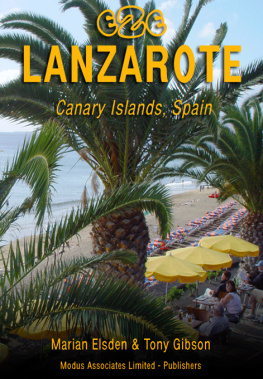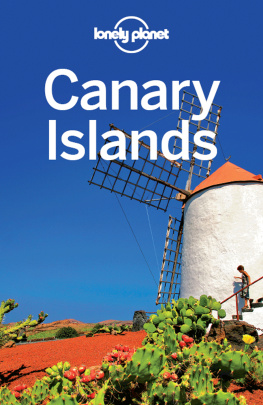This edition first published in hardcover in the United States and the United Kingdom in 2017 by Overlook Duckworth, Peter Mayer Publishers, Inc.
NEW YORK
141 Wooster Street
New York, NY 10012
www.overlookpress.com
For bulk and special sales, please contact , or write us at the above address
LONDON
30 Calvin Street
London E1 6NW
www.ducknet.co.uk
Copyright 2017 by Juan Cruz Ruiz
Translation copyright 2017 by James Womack
All rights reserved. No part of this publication may be reproduced or transmitted in any form or by any means, electronic or mechanical, including photocopy, recording, or any information storage and retrieval system now known or to be invented, without permission in writing from the publisher, except by a reviewer who wishes to quote brief passages in connection with a review written for inclusion in a magazine, newspaper, or broadcast.
ISBN: 978-1-4683-1544-8

T raditional guidebooks give straightforward advice on what to do and where to go, but in this remarkable cultural history, celebrated journalist and Canary Islands native Juan Cruz Ruiz offers something much morea fusion of literature and travel that will captivate both globetrotters and interested readers looking for a more intimate exploration of this rich archipelago, which is part of Spain, yet completely distinct from the mainland.
Over twelve million visitors travel to the Canary Islands every year to see its famous black and white sand beaches and attend Carnival. Reading The Canary Islands is like traveling with a personal tour guide, one who will tell you in exquisite language about the original inhabitants of the Canaries, the history of the islands, and what life was like for residents of the Canaries before tourism. Weaving together lectures, memories, and experiences, Ruiz explores the geography, the food, and the local art of the Canaries, and tells the stories of the Canarian people. Including writings, anecdotes, and comments of personalities connected to islandIgnacio Aldecoa, Unamuno, Humboldt, Garca Mrquez, Chillida, Csar ManriqueJuan Cruz Ruiz introduces readers to the very essence of the Canary Islands and its people.
The Canary Islands is both inspiring and usefulan in-depth look at the islands and the islanders, as well as a unique guide to unusual Canary Islands destinations, the native cuisine, and the history, mythology, and ecology of this cherished destination.
To Oliver Arenas Cruz. Welcome to the world.
Sometimes my childhood sends me a postcard: Do you remember?
M ICHAEL K RGER , Wettervorhersage
(Translated by Richard Dove)
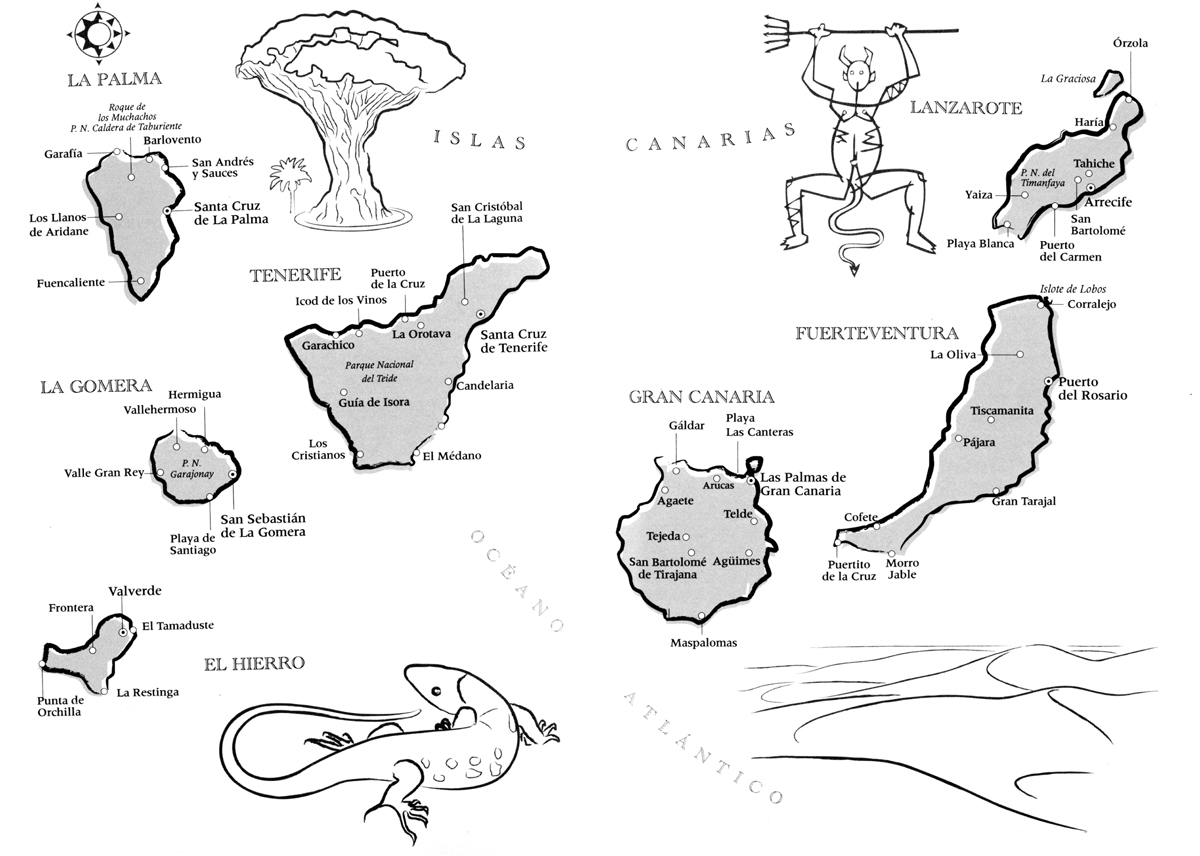
S IXTY YEARS AGO, THE B ASQUE WRITER I GNACIO A LDECOA TRAVELLED to the Canary Islands in search of what he had been told was paradise. He wrote a book, A Tourists Notebook, which the publishing house Arin published in its series A Pilgrim in His Own Land. I first came across this book many years later, in a second-hand bookshop in Madrid. I bought several copies, as many as I could find; I also tried to get some publishers interested in reprinting it, and I even got together a group of young filmmakers, led by Miguel Garca Morales, to film a documentary based on Aldecoas sentimental journey to the place he did indeed end up believing was paradise.
Meanwhile, Peter Mayer, an editor whom I had met when he worked for Penguin, spoke to me once in Madrid about making a similar trip. He did not know Aldecoas book, and on that occasion I didnt mention it to him, didnt mention this text that I had read with both gratitude and excitement some time before Mayer made his suggestion. One thing was definitely the case, that ever since Mayer spoke to me I had a clear idea in my head: to follow Aldecoa on his journey; to revisit the places he had been to; to rediscover, insofar as it was possible, the terrain he had covered, keen to lose himself in the landscape of the Islands.
The notes of the conversation I had with Peter Mayer about what he wanted from my journey got lost in a taxi somewhere, but could not be wiped from my mind. He said that he didnt want a general history, or a geography textbook, or a tourist guide: what he was keen on was a book of my memory of the Islands, the knowledge I kept in my minds eye of their landscape, and that which I kept in my heart about the people there, my forefathers and my contemporaries. He didnt want a scholarly book either. He wanted a sentimental portrait of the Canary Islands. A sentimental journey, as I understood it.
These jottings were in a notebook I had taken out to record my conversation with Peter. The task was exciting and confusing all at once; it is very difficult to compress into a single journey, a single point of view, the whole extent of such a fragmented land. The Canary Islands are a group of seven large islands (plus two smaller ones and two islets) situated in a strategically significant part of the Atlantic, next to Africa, fragments sheared off that continent by geological processes; they are on the way to America, or to Europe, depending on the direction youre coming from, and they have a lot in common with all of these places: Africa, America, Europe. They have belonged to the Spanish Crown since the fifteenth century, and are a part of Spain, of the history, culture and language of Spain. Their relation with America (South America above all) has been essential for their development and for that of their language, their culture, their attitudes and their thought. And of course their relation with Europe, via tourism and other forms of human contact, has supported their development.
The whole region of the Canary Islands, which used to be divided into two provinces and which now is a part of the autonomous framework of democratic Spain, has been visited by writers, scientists, politicians, all kinds of people: the writers, over the course of their visits, have seen surreal spaces, extraordinary displays of the power of the earth, metaphors for both the sea and the land; artists have been struck by the variety of the landscape. And they have written, or painted, or sculptedeither while on the Islands themselves or basing their work on their experiences therethe impressions which have remained in their minds eye or in their heart of these crags bathed by the Atlantic.
But there are not many people who have done as Aldecoa did, not even among the travellers from the Islands themselves; very few, at least very few that I know of, have travelled the full circle, have voyaged into the interior of the Islands and seen them from the outside as well, have learnt enough to be able to describe the Islands as a whole. Aldecoas book, only fifty pages long in its first edition, is in this sense exceptional, and is a true guide for anyone who might want to make the incredible journey over the whole of the archipelago: high and low, far and wide.
If it had not been for Mayers suggestion (visit all the islands, describe them all, with modern eyes but without discounting the views of the past), then I would never have undertaken this journey. Years ago, when Julio Cortzar published The Autonauts of the Cosmoroute, a book describing the sentimental journey he and his wife, Carol Dunlop, took along the highway from Paris to Marseilles, I decided to imitate the great author of Hopscotch and go on a circular trip over and around Tenerife, the largest island of the archipelago, where I was born. On the first day, along with my wife, Pilar Garcia Padilla, I came to a pretty spot in the northeast of the island, the hamlet of Masca, a beautiful place that I have since revisited in order to describe it to you in the book you now have in your hands. But the first time I was there, a group of thieves, who were staking out that part of the island with the aim of taking advantage of unwary tourists, stole everything that we had in the car, and so we called a halt to our adventure. The journey which I have now finally undertaken, travelling not just across Tenerife but through the whole region, had as its aim the same goals: to see, close-up, in as much detail as possible, the physical myth of the archipelago; to get as deep as possible into the land in order to be able to describe, or try to describe, its soul; to travel from the green forests to the geological rifts; to speak with the stones and the sea and the mountains; to see things in order to talk of them.

